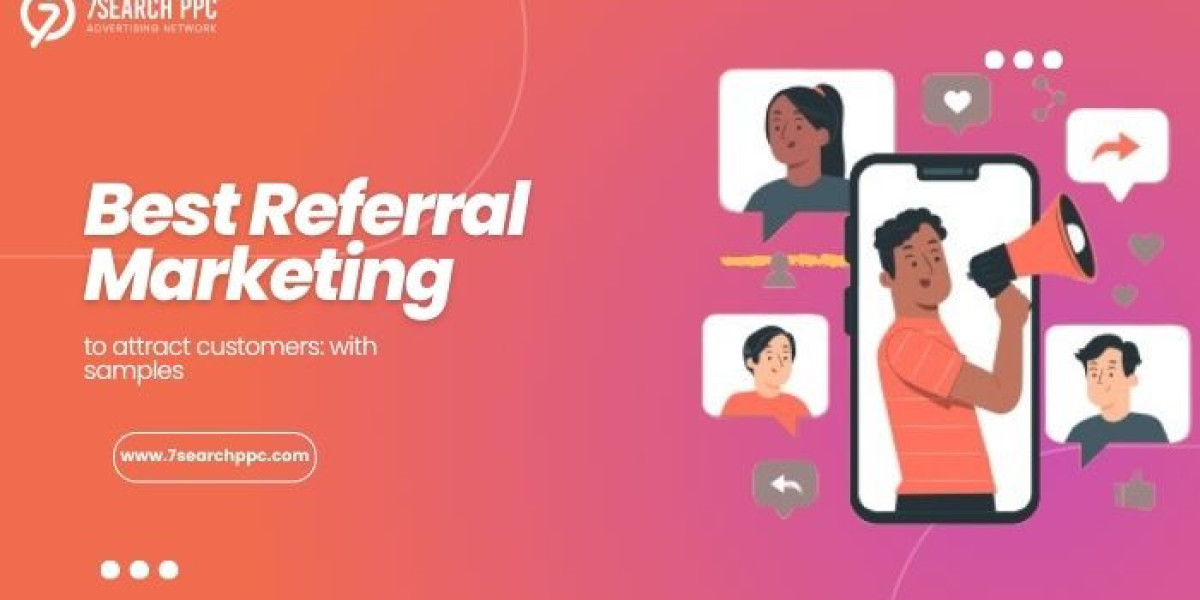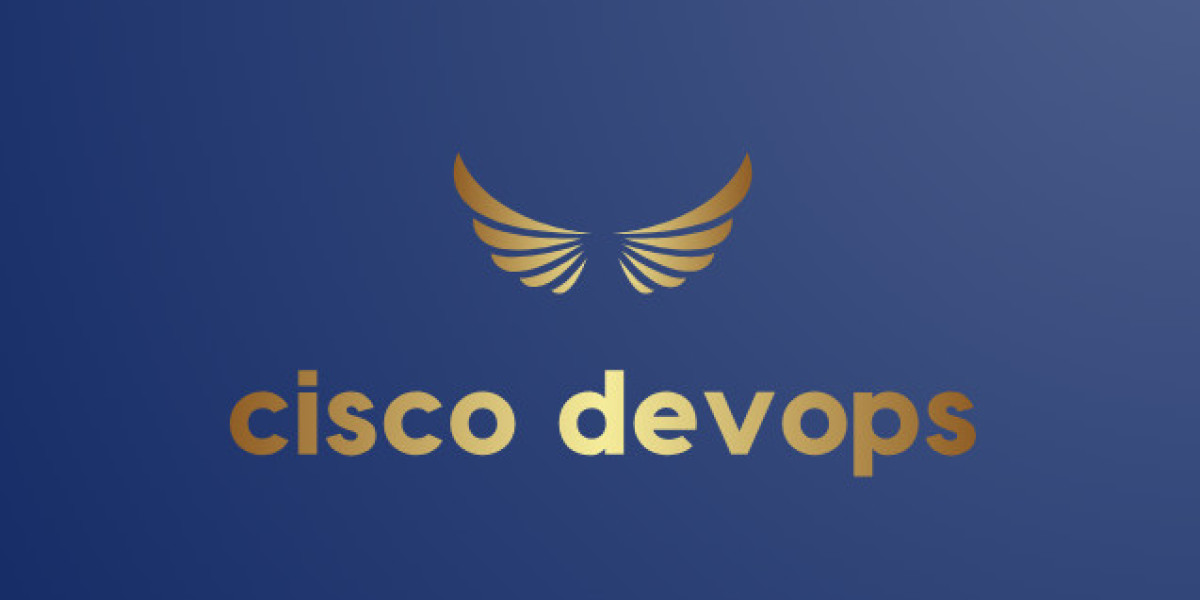In the competitive landscape of B2B (business-to-business) marketing, finding innovative ways to drive growth and acquire new clients is essential. One highly effective strategy that has gained traction in recent years is the B2B referral program. These programs leverage the power of existing business relationships to attract new customers and foster growth.

In this comprehensive guide, we will explore the intricacies of B2B referral programs, highlight successful examples, and provide actionable insights to help you implement and optimize your own referral program.
Understanding B2B Referral Programs
What is a B2B Referral Program?
A B2B referral program is a marketing strategy designed to encourage businesses to refer other businesses to your company. These programs typically offer incentives or rewards to existing clients, partners, or affiliates who bring in new business. The goal is to harness the power of word-of-mouth and professional networks to drive business growth.
How B2B Referral Programs Work
- Enrollment: Existing clients or partners sign up for the referral program, either through your company’s website or a dedicated referral platform.
- Referral Links or Codes: Participants receive unique referral links or codes that they can share with potential new clients.
- Promotion: Referrers use their networks and marketing channels to promote your products or services.
- Tracking and Rewards: The program tracks referrals through the provided links and offers rewards or commissions once a referral leads to a successful business transaction.
Benefits of B2B Referral Programs
- Cost-Effective Growth: Referral programs often require less investment compared to traditional marketing methods.
- Higher Trust and Credibility: Referrals from trusted business contacts can enhance your company’s credibility and lead to higher conversion rates.
- Increased Customer Loyalty: Offering incentives for referrals can boost loyalty and satisfaction among existing clients and partners.
- Scalable Marketing: A well-structured referral program can scale with your business as you attract more referrers and new clients.
Key Components of a Successful B2B Referral Program
Clear Objectives and Goals
Setting Program Goals
To ensure the effectiveness of your B2B referral program, start by defining clear objectives and goals. These might include increasing the number of leads, improving conversion rates, or expanding into new markets. Setting specific, measurable, achievable, relevant, and time-bound (SMART) goals will provide a clear direction for your program.
Attractive Incentives
Choosing the Right Rewards
The incentives you offer in your referral program should be compelling enough to motivate participation. Common incentives include:
- Monetary Rewards: Offer cash bonuses or commission payments for successful referrals.
- Discounts: Provide discounts on future purchases or services.
- Exclusive Access: Grant access to exclusive features or premium services.
- Recognition: Highlight top referrers in company communications or on a referral leaderboard.
Easy Participation
Simplifying the Process
Ensure that your referral program is easy to join and participate in. This includes:
- Simple Enrollment: Make the sign-up process straightforward and user-friendly.
- Clear Instructions: Provide clear guidelines on how to refer others and track referrals.
- Efficient Tracking: Implement reliable tracking mechanisms to monitor referrals and manage rewards.
Effective Communication
Promoting Your Program
To maximize the impact of your B2B referral program, actively promote it through various channels. Consider the following strategies:
- Email Campaigns: Send targeted emails to existing clients and partners about the referral program.
- Website Integration: Feature the referral program prominently on your website and provide easy access to referral links.
- Social Media: Use social media platforms to spread the word and encourage participation.
- Webinars and Events: Host webinars or events to educate potential referrers about the benefits of the program.
Examples of Successful B2B Referral Programs
1. 7Search PPC Referral Program
Overview of 7Search PPC
7Search PPC is a pay-per-click advertising network that provides businesses with targeted advertising solutions. The platform is known for its competitive pricing and extensive reach.
How 7Search PPC Uses Referral Programs
7Search PPC offers a referral program that allows users to earn commissions by referring new advertisers or publishers to the network. Here’s how it works:
- Join the Program: Sign up for the 7Search PPC referral program through their website.
- Receive Referral Links: Obtain unique referral links or codes to share with potential clients or publishers.
- Promote 7Search PPC: Use various marketing channels to promote the benefits of 7Search PPC.
- Earn Commissions: Receive commissions based on the ad spend or activity of the new users you refer.
Key Takeaways
- High Commission Potential: Earn significant commissions from the ad spend of referred clients.
- Global Reach: Access a broad audience of potential new users.
- Simple Integration: The referral program is easy to manage and track.
2. HubSpot Referral Program
Overview of HubSpot
HubSpot is a leading CRM (customer relationship management) platform that offers a suite of marketing, sales, and customer service tools.
How HubSpot’s Referral Program Works
HubSpot’s referral program is designed to reward partners and customers who refer new businesses to the platform. Here’s a summary:
- Sign Up: Partners and customers can sign up for the referral program through HubSpot’s website.
- Receive Referral Links: Participants get unique referral links to share with potential clients.
- Promote HubSpot: Use various marketing strategies to promote HubSpot’s services.
- Earn Rewards: Receive rewards based on the new clients’ subscription plans and activity.
Key Takeaways
- Diverse Incentives: HubSpot offers various incentives, including cash bonuses and account credits.
- Comprehensive Tracking: Advanced tracking tools help monitor and manage referrals effectively.
- Strong Brand: Leverage HubSpot’s strong brand reputation to attract high-quality referrals.
3. Salesforce AppExchange Referral Program
Overview of Salesforce AppExchange
Salesforce AppExchange is an online marketplace for Salesforce applications and integrations, catering to a wide range of business needs.
How the AppExchange Referral Program Works
The AppExchange referral program encourages partners to refer new customers to Salesforce applications. Here’s the process:
- Enroll in the Program: Sign up through the Salesforce partner portal.
- Get Referral Links: Receive unique links to share with potential customers.
- Promote the Apps: Use various channels to highlight the benefits of Salesforce applications.
- Earn Commissions: Receive commissions based on the sales or subscriptions of referred customers.
Key Takeaways
- Strong Marketplace: Leverage the extensive reach of the Salesforce AppExchange marketplace.
- Attractive Commissions: Earn competitive commissions from referred sales and subscriptions.
- Supportive Resources: Access a range of resources to help promote the program effectively.
Implementing Your Own B2B Referral Program
Step-by-Step Guide
1. Define Your Objectives
Start by setting clear objectives for your referral program. Determine what you want to achieve, whether it’s increasing leads, expanding into new markets, or boosting sales.
2. Design the Program
Develop the structure of your referral program, including the incentives you will offer, the referral process, and the tracking mechanisms. Make sure the program is easy to understand and participate in.
3. Choose the Right Platform
Select a referral program platform or software that aligns with your needs. Look for features such as tracking, reporting, and integration with your existing systems.
4. Promote the Program
Actively promote your referral program through various channels. Use email campaigns, social media, and your website to inform your network about the program and encourage participation.
5. Monitor and Optimize
Regularly monitor the performance of your referral program using analytics and reporting tools. Track key metrics such as referral conversion rates, program participation, and overall impact on your business. Use this data to make improvements and optimize the program.
Best Practices for B2B Referral Programs
1. Personalize Incentives
Tailor the incentives to match the preferences and needs of your target audience. Personalized rewards are more likely to resonate with potential referrers and motivate them to participate.
2. Build Strong Relationships
Cultivate strong relationships with your clients and partners to encourage their participation in the referral program. Maintain open communication and provide excellent service to build trust and loyalty.
3. Provide Support and Resources
Offer support and resources to help referrers promote your program effectively. Provide marketing materials, training, and guidance to ensure they have the tools they need to succeed.
4. Regularly Update the Program
Keep your referral program fresh and engaging by regularly updating the incentives, promotional materials, and program structure. This helps maintain interest and participation over time.
5. Recognize and Reward Top Referrers
Acknowledge and reward top referrers to show appreciation for their efforts. This can include public recognition, additional incentives, or exclusive benefits.








